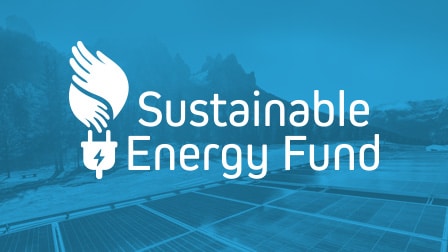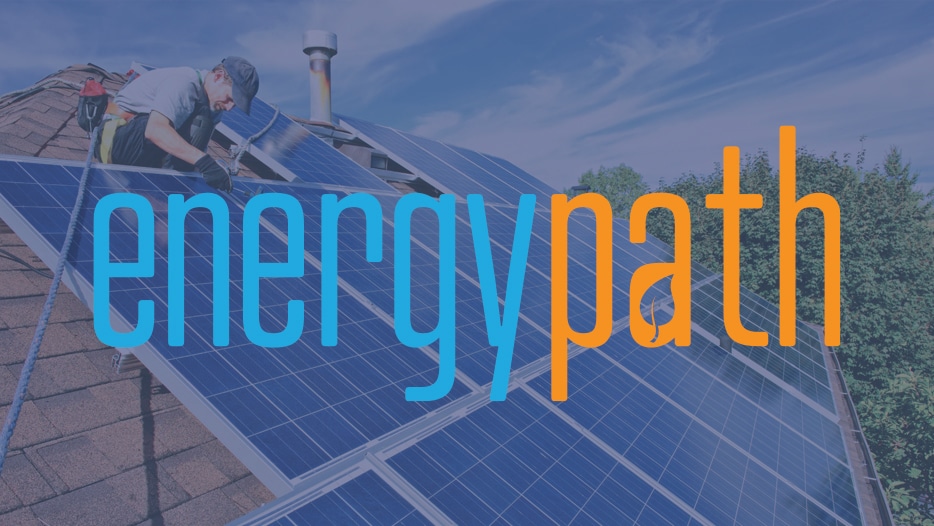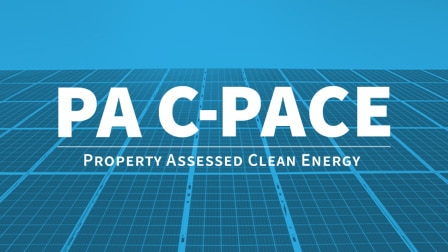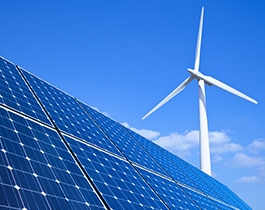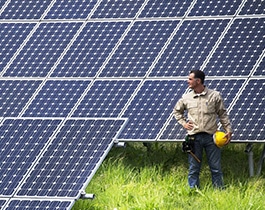Sustainable Energy Fund is pleased to announce the official dates for our 13th annual Energypath 2026, which...
» Read MoreThe Importance of an Energy Baseline
Maya Angelou once said, “If you don’t know where you’ve come from, you don’t know where you’re going.”
While this certainly has applications across a wide range of topics, it also applies to the process of figuring out where and how we can save on energy.
In recent years, we have come a long way in our understanding of not only what options are available but how cost effective they are. From LED lighting to basic weatherization strategies, many of these options can be easily implemented and could pay for themselves within a few years. In addition, there are a wide range of tools and resources out there to assist us, including the technical information to understand these technologies better, energy audits to provide a blueprint of where energy savings could occur and financing options to get a project started.
That said, you cannot know how quickly these strategies will pay for themselves until you know how much energy you’re using. This is where the energy baseline becomes important.
What is an energy baseline?
An energy baseline establishes the amount of energy a facility uses over a determined period of time as well as its associated costs. Preferably, this period would cover at least the two previous years – this allows for both seasonal as well year-to-year trends to emerge. All forms of energy the facility uses are taken into account, including electricity, natural gas, propane and any other fuels that might be used. The energy data is then put into a spreadsheet, graphed and analyzed. This energy analysis is typically performed on a monthly basis. Depending on the type of utility and the method in which the data is provided, daily and even hourly data could be available, allowing a more in-depth analysis that could possibly reveal more opportunities to reduce energy use.
Some savings opportunities could present themselves immediately in the data. When we see a business’s electricity use continuing well past their hours of operation, we realize there might be equipment in use that could be turned off or that their heating and cooling systems could have temperature setbacks instituted. If we see huge increases in energy consumption from one year to the next, it could mean they had a major upgrade in their facility or there could be an issue with their HVAC systems or building envelope that needs to be addressed.
Whether or not this data highlights any potential savings immediately, it does provide the foundation for determining what energy conservation measures (ECMs) are most cost-effective. Once any ECMs are implemented, whether they’re LED lighting retrofits, heating and/or cooling upgrades, or any other projects, measuring both their energy reduction as well as their cost-effectiveness is important for any business to understand. This cannot be done without knowing what you started with – baseline energy data.
Reviewing your baseline energy use is the first step in finding out just how much energy you could save. With the range of technologies available today, many facilities are finding ways to save significantly on their energy costs. If you would like to find out how a baseline energy analysis can help you save energy, contact us to learn more.
